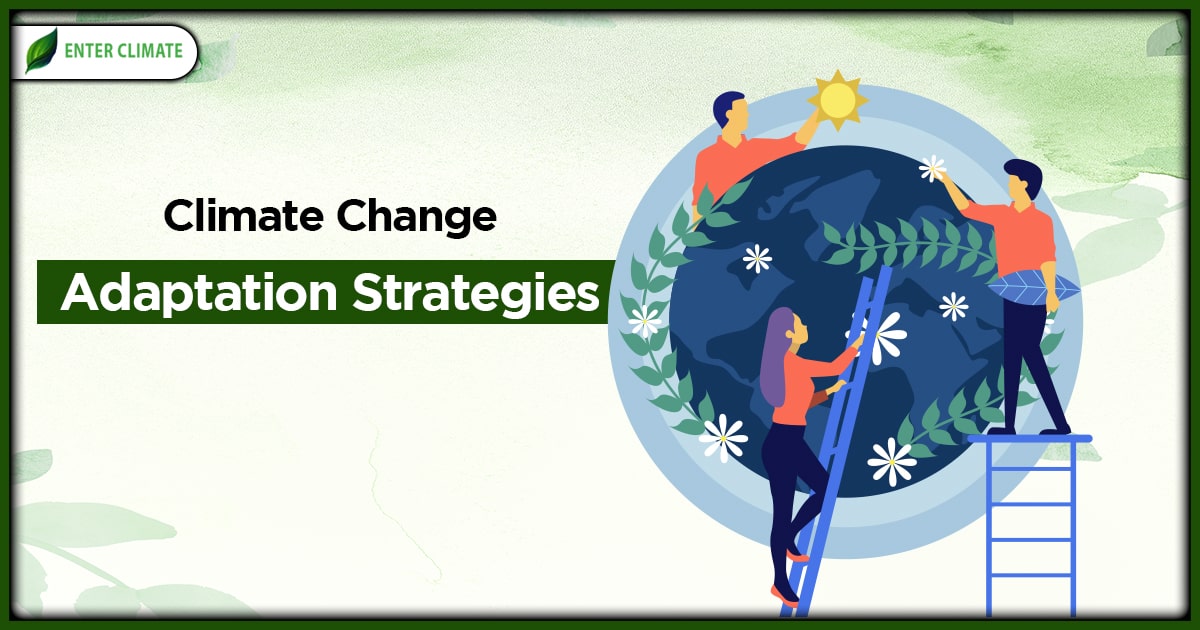Report on the Joint Declaration between UN Women and the European Economic and Social Committee (EESC)
Strategic Context and Commitment to the 2030 Agenda
A Joint Declaration was formalized between UN Women and the European Economic and Social Committee (EESC) to enhance transatlantic cooperation on gender policy. The signing, conducted by UN Women Executive Director Sima Sami Bahous and EESC President Oliver Röpke, occurs at a critical moment for global development frameworks. This initiative coincides with the 10th anniversary of the 2030 Agenda for Sustainable Development, the 30th anniversary of the Beijing Declaration and Platform for Action, and the 80th anniversary of the United Nations, reinforcing a collective resolve to accelerate progress towards the Sustainable Development Goals (SDGs), particularly SDG 5 (Gender Equality).
Key Areas of Collaboration and Alignment with Sustainable Development Goals
The declaration outlines a deepened collaboration focused on achieving gender equality and empowering all women and girls. The core commitments are directly aligned with multiple SDGs:
- Mainstreaming Gender in Governance: Integrating a gender perspective across all policymaking and governance structures to support the achievement of SDG 5 (Gender Equality) and SDG 16 (Peace, Justice and Strong Institutions).
- Promoting Women’s Leadership: Enhancing women’s full and effective participation and equal opportunities for leadership at all levels of decision-making, directly addressing SDG 5, Target 5.5.
- Combating Gender-Based Violence: Eliminating all forms of violence against all women and girls in the public and private spheres, a primary objective of SDG 5, Target 5.2.
- Addressing Economic Barriers: Recognizing and valuing unpaid care and domestic work and tackling structural barriers in labour and financial markets to advance SDG 5, Target 5.4, and SDG 8 (Decent Work and Economic Growth).
- Fostering Empowerment through Access: Ensuring access to education, digital technology, and economic resources for all women and girls, especially those facing intersectional discrimination. This supports SDG 4 (Quality Education), SDG 5 (Gender Equality), SDG 8 (Decent Work and Economic Growth), and SDG 9 (Industry, Innovation and Infrastructure).
- Strengthening the Women, Peace and Security (WPS) Agenda: Reinforcing the WPS agenda to ensure women’s roles in conflict prevention, resolution, and peacebuilding, contributing to both SDG 5 and SDG 16.
Policy Coherence and Call to Action
Leadership from both organizations emphasized that achieving gender equality is fundamental to global policy and democratic resilience. The declaration aligns with existing frameworks such as the European Union’s Gender Equality Strategy and Care Strategy, ensuring a coherent approach to implementing the SDGs. UN Women and the EESC have issued a formal call to governments, institutions, and civil society to translate these commitments into tangible actions. The ultimate goal is to ensure the realization of the 2030 Agenda’s central promise to “leave no one behind,” with a specific focus on ensuring no woman or girl is left behind in the pursuit of sustainable development.
1. Which SDGs are addressed or connected to the issues highlighted in the article?
The article discusses a joint declaration between UN Women and the European Economic and Social Committee (EESC) focused on advancing gender equality. The commitments outlined in the declaration directly or indirectly connect to several Sustainable Development Goals (SDGs). The most prominent are:
- SDG 5: Gender Equality: This is the central theme of the article. The declaration’s core mission is to “achieve a gender-equal world,” and it lists several commitments that are fundamental to SDG 5, such as combating gender-based violence, promoting women’s leadership, and addressing the unpaid care burden.
- SDG 8: Decent Work and Economic Growth: The article mentions commitments to address “structural barriers in labour and financial markets” and support “economic empowerment for all women and girls,” which are key components of achieving decent work and inclusive economic growth.
- SDG 4: Quality Education: The declaration explicitly includes a commitment to “supporting access to education… for all women and girls,” which directly aligns with the goal of ensuring inclusive and equitable quality education.
- SDG 16: Peace, Justice and Strong Institutions: The article highlights the goal of “strengthening the Women, Peace and Security agenda” and “mainstreaming gender across governance and policymaking.” These points connect to SDG 16’s aim to build peaceful, just, and inclusive societies with effective and accountable institutions.
2. What specific targets under those SDGs can be identified based on the article’s content?
Based on the specific commitments mentioned in the joint declaration, the following SDG targets can be identified:
-
SDG 5: Gender Equality
- Target 5.1: End all forms of discrimination against all women and girls everywhere. This is supported by the commitment to “combating… discriminatory norms” and ensuring support for women “facing intersecting forms of discrimination.”
- Target 5.2: Eliminate all forms of violence against all women and girls. The declaration explicitly aims for “a world where every woman and girl lives free from violence” and commits to “combating gender-based violence.”
- Target 5.4: Recognize and value unpaid care and domestic work. This is directly addressed through the commitment to “addressing the unpaid care burden.”
- Target 5.5: Ensure women’s full and effective participation and equal opportunities for leadership. This is reflected in the goals of “promoting women’s leadership and representation” and making gender equality central to “democratic resilience.”
- Target 5.b: Enhance the use of enabling technology… to promote the empowerment of women. The article mentions “supporting access to… digital tools… for all women and girls.”
-
SDG 8: Decent Work and Economic Growth
- Target 8.5: Achieve full and productive employment and decent work for all women and men… and equal pay for work of equal value. This is connected to the commitment to address “structural barriers in labour and financial markets” and promote “economic empowerment.”
-
SDG 4: Quality Education
- Target 4.5: Eliminate gender disparities in education and ensure equal access. This is directly supported by the pledge for “supporting access to education… for all women and girls.”
-
SDG 16: Peace, Justice and Strong Institutions
- Target 16.7: Ensure responsive, inclusive, participatory and representative decision-making at all levels. This is linked to “mainstreaming gender across governance and policymaking” and “promoting women’s leadership and representation.”
- Target 16.b: Promote and enforce non-discriminatory laws and policies. The commitment to combat “discriminatory norms” and align with the “European Union’s Gender Equality Strategy” supports this target.
3. Are there any indicators mentioned or implied in the article that can be used to measure progress towards the identified targets?
The article does not mention specific numerical indicators, but it implies areas where measurement is necessary to track progress on the commitments. Progress could be measured by monitoring:
- Existence of legal frameworks promoting gender equality: The commitment to “mainstreaming gender across governance and policymaking” and aligning with the “EU’s Gender Equality Strategy” implies the use of indicators that track the adoption and implementation of such policies (relevant to Targets 5.1 and 16.b).
- Proportion of women in leadership positions: The goal of “promoting women’s leadership and representation” implies measuring the percentage of women in political and economic decision-making roles (relevant to Target 5.5).
- Prevalence of gender-based violence: The commitment to “combating gender-based violence” necessitates tracking data on the incidence of violence against women and girls to measure reduction (relevant to Target 5.2).
- Time spent on unpaid care work: “Addressing the unpaid care burden” implies the need to measure the amount of time women and men spend on unpaid care and domestic work to assess the impact of policies like the “Care Strategy” (relevant to Target 5.4).
- Gender parity in education and digital access: “Supporting access to education, digital tools” implies measuring enrollment rates and access to technology, disaggregated by gender, to ensure no girl is left behind (relevant to Targets 4.5 and 5.b).
- Gender gaps in labor markets: Addressing “structural barriers in labour and financial markets” implies monitoring indicators like the gender pay gap and women’s labor force participation rate (relevant to Target 8.5).
4. Create a table with three columns titled ‘SDGs, Targets and Indicators” to present the findings from analyzing the article. In this table, list the Sustainable Development Goals (SDGs), their corresponding targets, and the specific indicators identified in the article.
| SDGs | Targets | Indicators (Implied from the article) |
|---|---|---|
| SDG 5: Gender Equality | 5.1 End all forms of discrimination 5.2 Eliminate violence against women 5.4 Recognize unpaid care work 5.5 Ensure women’s leadership 5.b Enhance use of technology for women |
– Existence of legal frameworks to combat discrimination – Prevalence of gender-based violence – Proportion of time spent on unpaid care work – Proportion of women in leadership/managerial positions – Proportion of women with access to digital tools |
| SDG 8: Decent Work and Economic Growth | 8.5 Achieve full employment and equal pay | – Gender pay gap – Women’s labor force participation rate |
| SDG 4: Quality Education | 4.5 Eliminate gender disparities in education | – Gender parity indices for educational access and completion |
| SDG 16: Peace, Justice and Strong Institutions | 16.7 Ensure inclusive decision-making 16.b Promote non-discriminatory laws |
– Proportion of positions held by women in public institutions – Adoption and implementation of non-discriminatory policies (e.g., gender mainstreaming) |
Source: unwomen.org







